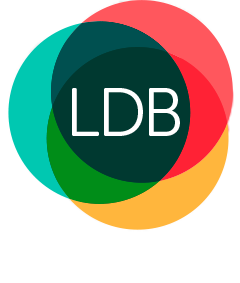Superannuation: What is TRIS (transition to retirement income stream)?
June 27, 2023

A transition into retirement income stream (TRIS) is a measure that allows people of a certain age to access a limited amount of their superannuation without having to retire.
It is designed to give Australians flexibility as they move from full-time work into retirement by using their superannuation savings to top up their income.
How does TRIS work?
A TRIS is essentially an account-based pension (ABP) which uses preserved superannuation savings as a tax-effective stream of income.
Payments must be equal to at least 4 per cent of the account balance at commencement and on July 1 each year onwards. The federal government has temporarily halved the minimum drawdown rate for the 2022–23 financial year due to market volatility.
There are some key differences between a TRIS and a normal account-based pension:
- You can only draw a maximum of 10 per cent of the account balance from a TRIS until you meet a retirement condition of release.
- Earnings are taxed at a maximum of 15 per cent within a TRIS, while earnings are tax-free in a retirement phase ABP.
- Unlike an ABP, a TRIS does not count towards your $1.9 million transfer balance cap (from July 1, 2023).
Once you reach a full condition of release, you can convert your TRIS into an account-based pension.
What are the tax advantages of a TRIS?
When you transfer money from your superannuation into a TRIS, lump sum tax is deferred.
The taxable component of your income payments is taxed at your marginal tax rate with a 15 per cent offset.
At the age of 60, all of your income payments and withdrawals from a TRIS are generally tax-free and you don’t need to declare your TRIS income in your tax return.
How can pre-retirees use a TRIS?
There are a several benefits pre-retirees can get from starting a TRIS.
If you plan to continue working full-time, you can use a TRIS to top up your super balance.
For someone transitioning into part-time employment, a TRIS allows them to use their superannuation to keep their net income the same while working less.
A TRIS can also be used to reduce or clear debts before you retire. You can use the income from a TRIS to make extra repayments and save on interest.
What to know before starting a TRIS
You need to be the preservation age, currently 58, to start a TRIS.
You must pay the minimum annual pension amount each financial year and drawdowns are limited to 10 per cent of the balance annually.
Lump sum withdrawals can only be made from an unrestricted, non-preserved component of the income stream until you reach preservation age.
You need to maintain records that show the value of the TRIS, any benefit payments made, and how payments are made.
Speak to the superannuation experts
When considering whether or not a TRIS is right for you, it’s important to note that taking money out of your superannuation for a TRIS before retirement may impact how long your super savings last into retirement.
For superannuation guidance and advice, contact the experts at LDB Group. Call (03) 9875 2900 or complete the contact form below.
